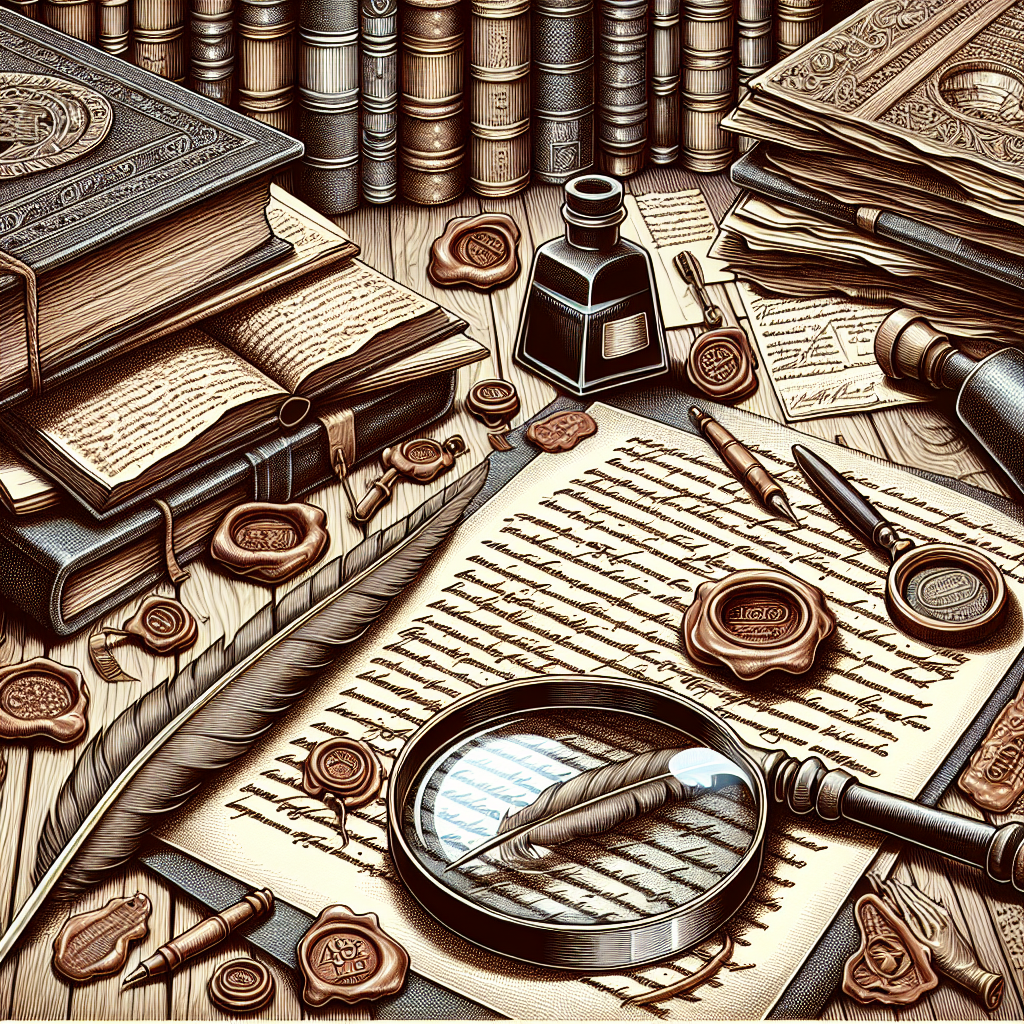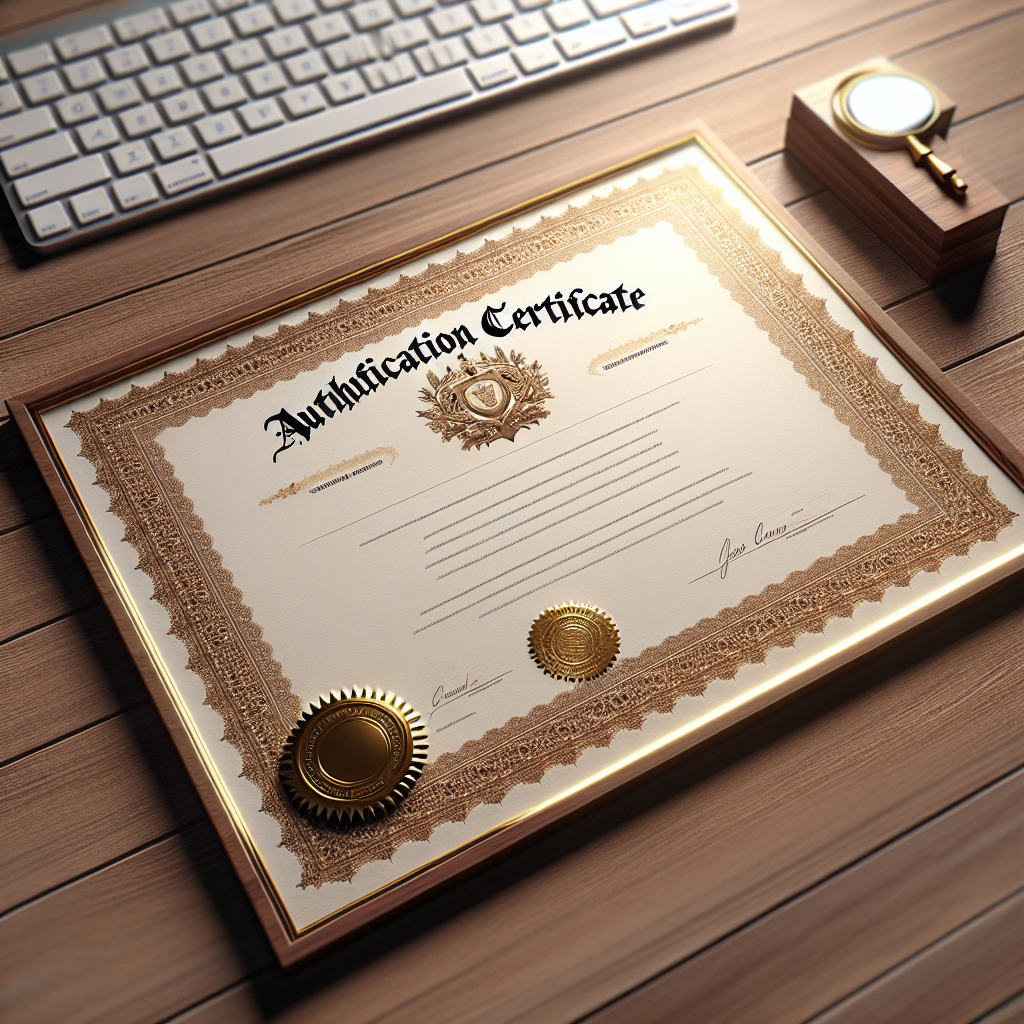Entering the world of autograph collecting, one quickly learns that the difference between a treasured piece and a regretful purchase often hinges on a single crucial factor: authenticity. Understanding the importance of autograph authentication is pivotal for any enthusiast or investor in the UK's vibrant memorabilia market. Without a verified signature, the value of an autograph can plummet from a princely sum to mere pennies, making the authentication process not just a formality, but a cornerstone of the collectibles industry.
Authentication acts as a seal of approval, assuring you that the item you hold is indeed touched by fame. It's a safeguard against fraud, a rampant issue where forgeries can be almost indistinguishable from the real deal. Authenticate autographs UK is more than just a phrase; it's a call to action for collectors to seek assurance, to protect their investments, and maintain the integrity of their collections.
At BAM! Autographs, we understand the stakes. That's why we lead with innovation, providing our community with not only the coolest collectibles but also the peace of mind that comes with knowing every signature is authentic. Check out all of the different autographs available at bamautographs.com, where authenticity meets passion, and every signature tells a story.
The Essentials of Autograph Verification in the UK

The bedrock of any autograph collection is the assurance that each signature is genuine. In the UK, the essentials of autograph verification are a blend of meticulous scrutiny and expert knowledge. Collectors and experts alike utilise a variety of methods to scrutinise signatures, including the study of ink flow, handwriting analysis, and the historical context of the signature. For example, an autograph of a historical figure should align with the type of pen or ink available during their lifetime.
Specialists may also employ technological aids, such as UV lighting and digital magnification, to detect any anomalies invisible to the naked eye. This combination of traditional expertise and cutting-edge technology ensures that the process of authenticating autographs in the UK is as foolproof as possible.
Another critical component is the provenance of the item. A well-documented history of where the autograph has been and who has owned it can significantly enhance its credibility. This provenance, when coupled with a Certificate of Authenticity from a reputable dealer or authenticator, solidifies the autograph's status as a legitimate piece of memorabilia. While the process may seem daunting, it is a necessary step to protect both the value of the collectible and the collector's investment.
Authenticate autographs UK is not just about confirming the validity of a signature; it's about preserving the rich tapestry of history and celebrity that autographs represent. Collectors must embrace the essentials of verification to ensure their collections stand the test of time and scrutiny.
Expert Techniques for Examining Autograph Authenticity
Expert techniques for examining the authenticity of autographs involve a rigorous process that combines keen observation with scientific analysis. One of the cornerstone methods is handwriting analysis, where experts compare the autograph in question with verified examples of the signer's handwriting. Such analysis looks for consistency in handwriting characteristics such as letter shapes, spacing, and slant. Discrepancies may be a red flag indicating forgery.
Another technique is the examination of the ink and paper materials. Experts analyze the composition and age of the ink, and whether it matches the era in which the autograph was purportedly signed. Paper analysis can also reveal if the medium is contemporary with the autograph's supposed date. Such material analysis can be done through non-destructive chemical tests or under different spectrums of light to reveal underlying details.
Experts also use digital magnification to inspect autographs for any signs of mechanical reproduction, such as dot patterns from printed signatures or indications of tracing. Additionally, the presence of indentations or pressure marks can provide clues about the writing instrument used and the manner in which the signature was rendered.
Furthermore, an expert's deep knowledge of the signer's habits and historical context is invaluable. For instance, they may know if a celebrity had a habit of signing in a particular way during specific periods of their life or if they always used a certain type of pen.
These expert techniques are essential tools in the arsenal for those looking to authenticate autographs UK. They help to create a comprehensive picture of the autograph's authenticity and ensure collectors can have confidence in the provenance of their cherished items.
Navigating UK Laws and Regulations on Autograph Authentication
When it comes to autograph authentication in the UK, understanding and navigating the legal landscape is crucial for collectors, dealers, and enthusiasts. The UK takes the trade of counterfeit goods seriously, and this includes forged autographs. The Trade Descriptions Act 1968 makes it an offence to sell goods with a false description, which encompasses unauthentic autographs. Therefore, it is essential to ensure that any autograph is authenticated by a reputable source to avoid legal repercussions.
In addition to national regulations, there are also specific consumer protection measures, such as the Consumer Protection from Unfair Trading Regulations 2008, which prohibit misleading actions and omissions that can cause an average consumer to take a transactional decision they would not have taken otherwise. This means sellers must be transparent about the authenticity of the autographs they are selling.
Furthermore, the UK adheres to the European Union's directive on consumer rights, which provides a framework for the protection of consumers against unfair practices. Even with Brexit, many of these directives have been retained in UK law, ensuring continued consumer protection. For those in the trade, understanding these laws helps in maintaining a reputable business and in building trust with customers.
For collectors, awareness of these regulations provides a layer of protection when purchasing autographs. Ensuring that the seller is compliant with UK laws and regulations can help in avoiding the acquisition of counterfeit items. Collectors should seek out sellers who provide a certificate of authenticity from a recognized authority and who are willing to offer a guarantee on the provenance of the autograph.
While the legal framework can seem daunting, it ultimately serves to protect both buyers and sellers in the autograph market. It is an integral part of the ecosystem that maintains the integrity of collecting in the UK and supports the pursuit of genuine autograph treasures.
Where to Find Reliable Autograph Authentication Services

Finding reliable autograph authentication services in the UK can be a daunting task for collectors and enthusiasts. However, with the right knowledge, one can navigate through the numerous options to find services that offer verifiable and trustworthy authentication. The first step is to look for authentication companies that have a strong reputation within the industry. Organizations such as the Universal Autograph Collectors Club (UACC) or the Autograph Fair Trade Association (AFTAL) are known for their stringent standards for authentication.
These organizations have lists of registered dealers who are bound by a code of ethics and are recognized for their expertise in autograph verification. Attending autograph signings and events where a celebrity is present can also provide the opportunity to obtain a certificate of authenticity directly from the source. Moreover, established auction houses often have in-house experts who authenticate items before they are listed for sale, providing an additional layer of confidence for buyers.
For those who prefer the convenience of online services, there are several reputable websites that offer autograph authentication. These sites typically require you to send in a high-resolution image of the autograph or, in some cases, the physical item itself. It is important to ensure that these online services have credible experts who can accurately assess the authenticity of an autograph.
Collectors should also look for services that offer a detailed explanation of their authentication process and a clear statement of their qualifications and experience in the field. Transparent customer feedback and the ability to ask questions about the authentication process are also signs of a reliable service. By utilizing these resources, collectors can significantly reduce the risk of acquiring counterfeit autographs and can invest in genuine pieces with confidence.
Protecting Your Investment: Tips for Autograph Preservation

Once you've ensured the authenticity of your autographs, protecting and preserving them is the next critical step to maintain their condition and value. Autograph preservation is an essential aspect of collecting, as it helps to prevent fading, damage, and deterioration over time. To protect your investment, it is vital to store autographs away from direct sunlight, as UV rays can cause signatures to fade. Archival-quality storage materials, such as acid-free sleeves, folders, and boxes, provide a safe environment that prevents yellowing or degradation of paper and ink.
It's also important to consider the climate in which the autographs are stored. A stable, moderate temperature and humidity level are ideal for preservation. Avoid areas with high fluctuations in conditions, such as attics or basements, which can lead to the expansion and contraction of materials, potentially causing harm to the autographs. Additionally, handling autographs with clean, dry hands or wearing cotton gloves can prevent the transfer of oils and dirt that could damage the items.
For display purposes, using UV-protective glass in frames can help safeguard autographs from light exposure while still allowing them to be enjoyed. Remember, the key to maintaining the value of your autographs is to think long-term when it comes to preservation methods.
As you strive to keep your collection in pristine condition, remember to check out all of the different autographs available at bamautographs.com. Our selection is vast, and each item is backed by our reputation for authenticity and innovation in the industry. Find your next treasure and rest assured it's a genuine piece of history.

